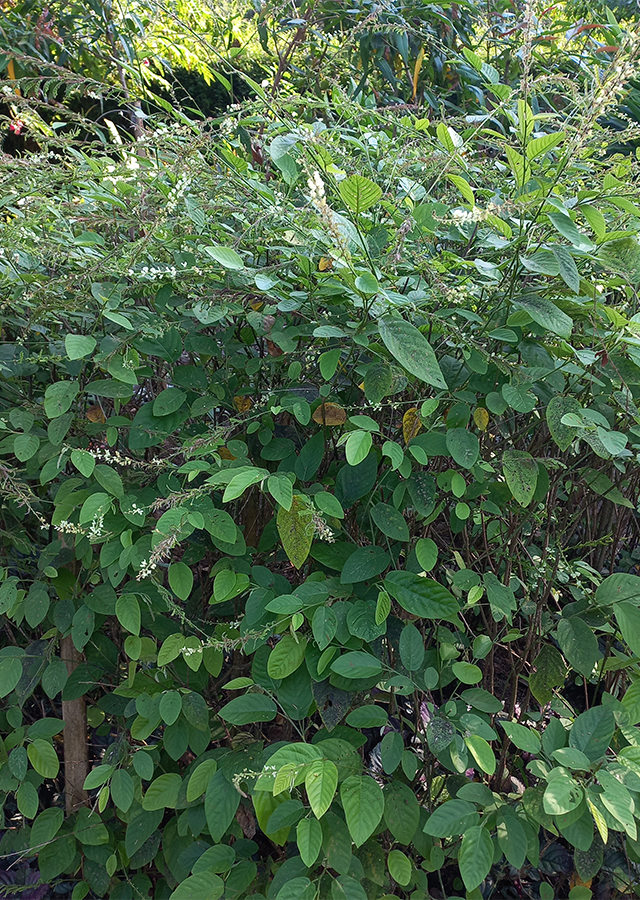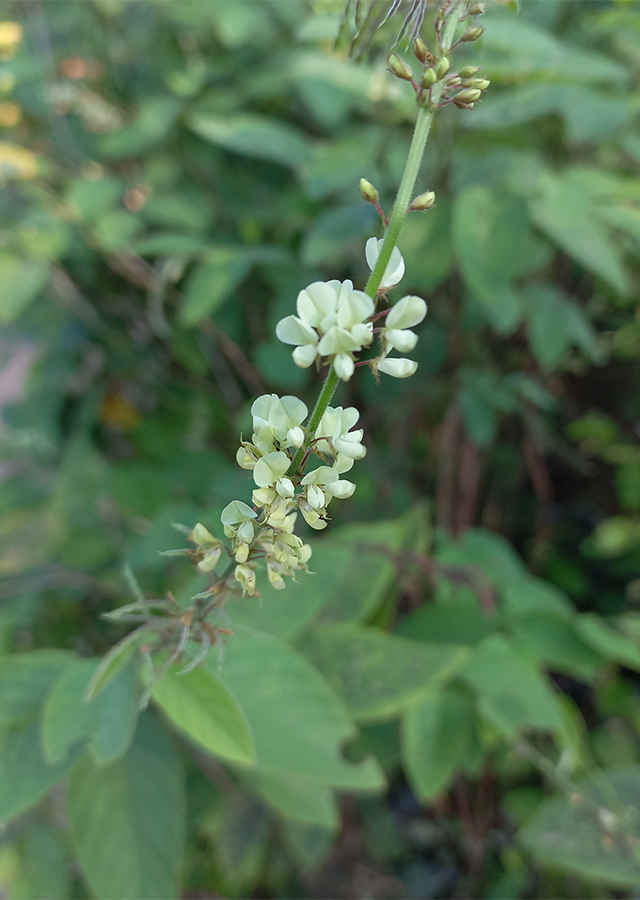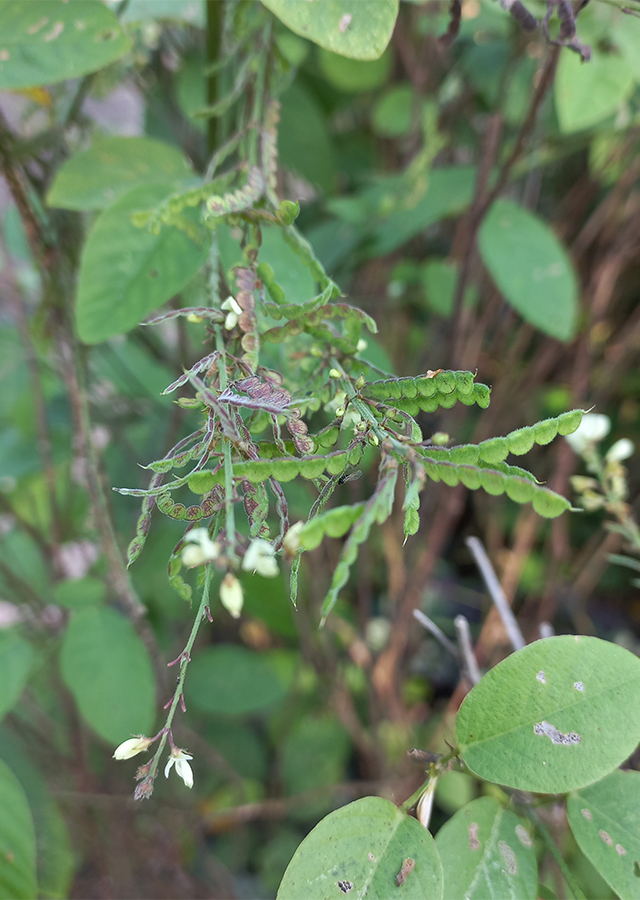Traditional Herbs from Pleurolobus gangeticus
wound
- Take enough fresh chicken feather leaves and wash them until clean.
- Crush the leaves until they become a paste.
- Apply the paste to the injured skin.
What is Pleurolobus gangeticus Looks like??



Parts of Pleurolobus gangeticus that could be used
- Leaves", "Bark", "Roots", "All Parts of the Plant
Pleurolobus gangeticus Distribution
Chicken feather leaves are found growing in tropical Africa, the Indian subcontinent, China, Japan, Myanmar, Thailand, Cambodia, Laos, Vietnam, Malaysia, Indonesia, the Philippines and Australia, and have also been introduced to the West Indies. This plant is an important plant in India, as it is believed to have many pharmacological activities and has been used for centuries in traditional Ayurvedic medicine. The roots of the chicken feather leaf plant are part of a plant that is popularly used in traditional Ayurvedic medicine (Dasmoola kvatha) which functions as an antipyretic tonic which has a bitter taste, is also useful in the treatment of typhoid fever and is an aphrodisiac. Apart from being a traditional medicine, the fibrous stems are reportedly useful as an ingredient in paper production, and in the Philippines the plant is used to make shrimp traps.Agroecology of Pleurolobus gangeticus
Chicken feather leaves can grow in various habitats, generally often found in open forests, disturbed areas in rainforests, monsoon forests, bushes, sand dunes, and in dry sandy soil near water. In Indo-China, this plant can be found in savannas and deforested areas, fences and along forest paths, up to an altitude of 1,900 m above sea level.
Morphology of Pleurolobus gangeticus
- The root has a tap root and lateral roots, the root skin is yellowish white and has a rough texture, easy to peel, there are root nodules that can fix nitrogen.
- The stem is slender, slightly angular and covered with fine grayish hairs, branched, fibrous. The lower stem is thickened, the young stem is hairy.
- The leaves are compound, simple, unifoliate, the leaves are alternate, oval-ovate, hairy on the lower surface, with a rounded base and tip pointed, green. Stipules are triangular to linear, narrow and tapered to a point. Petiole consists of two parts, namely, compound leaf stalk and petiole. The calyx tube is 4-lobed, the corolla is white, pink, purple, lilac in number 10, the filaments of nine stamens are fused to form an open tube on one side while the filaments of one stamen are completely free ovary about 2.5 mm long, covered with hairs.
- Pods, linear, slightly curved and dense, 1.5-3 cm long, 3 mm wide, covered with small bent hairs, green when young and changing turn brown when old.
- Pale yellow seeds, kidney-shaped (reniform).
Cultivation of Pleurolobus gangeticus
- Propagation is carried out generatively (seeds) and vegetatively (stem cuttings, breaking up clumps, root cuttings).
- Before sowing scarification is required to speed up and increase germination. Scarification can usually be done by pouring a little almost boiling water over the seeds and then soak them for 12-24 hours in warm water.
- Seeds usually germinate within 1-4 months at a temperature of 25 \u00b0C.
Pleurolobus gangeticus, more details :
Chemical Content of Pleurolobus gangeticusN, N-dimethyltryptamine, 5-methoxy-N, N-dimethyltryptamine, Nb- oxides, Nb-methyltetrahydroharman, 6-methoxy-2-methyl-ß-carboliniumderivative, Nb-methailtetrahydroharman, hypaphorine, hordenine, caudicine, N-methyl tyramine , ß-phenylethylamine, gangetin-(7, 12α- dihydro-13-methoxy-3, 3-dimethyl-11-13-methyl- 2butenyl)-3H, 7H-benzofuro [3,2-C] pyrano [3,2-g]- benzpyran-10-ol, gangetinin, desmodin, 24-ethylcholesta-5, 22-dien-3ß-ol, flavones glucoside, 4-5,7-trihydroxy-8-prenylflavone-4’-0-alpha-L-rhamnopyranosyl-(1 to 6)-beta-D-glucopyranoside, alkaloids, 5 phospholipids.
Benefits of Pleurolobus gangeticus
Treats gallstones, kidney or bladder problems, treats diarrhea, dysentery, toothache, headaches, whooping cough, wounds, snake bites and poisoning, reduces fever, treats hemorrhoids, typhus, inflammation, asthma, bronchitis, anticlericals, chest pain , fungal infections, stomach tumors and cancer, cleaning wounds and ulcers, sedative for children, worm medicine. Has activity as a diuretic, astringent, bitter tonic, laxative, aphrodisiac, anti-inflammatory, analgesic, antioxidant, anthelmintic, vasopressor (narrows blood vessels and increases blood pressure), antipyretic (reduces fever), antinociceptive, antiamnesia, antidiabetic and antibacterial.
Simplisia of Pleurolobus gangeticus
Another Facts for Pleurolobus gangeticus :
Synonym of Pleurolobus gangeticusDesmodium gangeticum (L.) DC, Aeschynomene gangetica (L.) Poir., Hedysarum collinum Willd.
Habitus of Pleurolobus gangeticus
Bush. Shrub, annual, up to 2 m high
Habitat of Pleurolobus gangeticus
- Forest
- Land
No comments:
Post a Comment